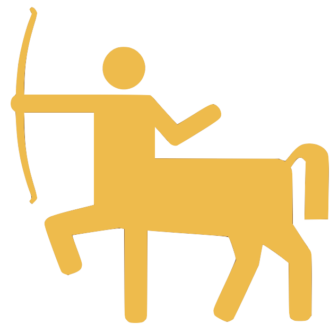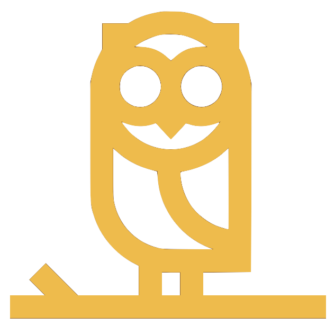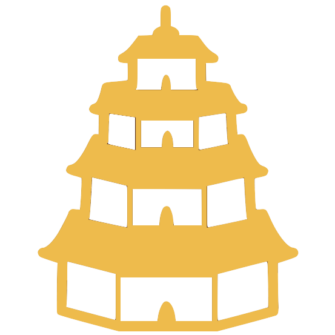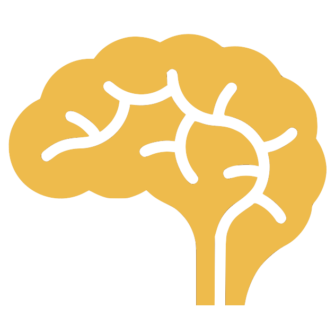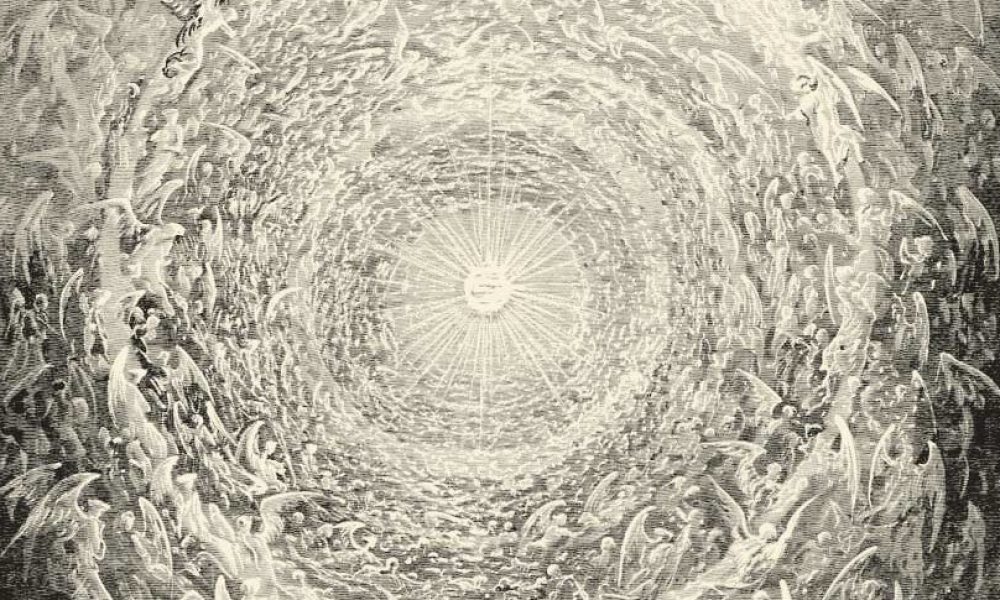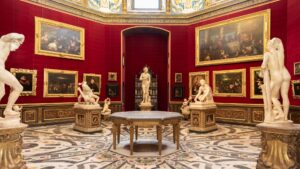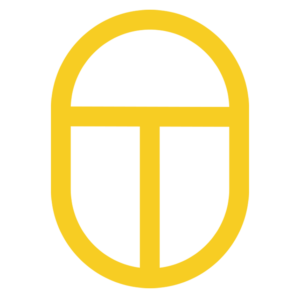When we think of angels, we think of benevolent celestial beings maneuvering through the world and our lives, guiding us and protecting us. But where did this idea come from? And do angels only exist within the boundaries of religion – or do they play a role in other phenomena as well?
In this article, we will explore the concept of angels. We will do this by studying their origins and history, by analyzing the role of angels in religious ideologies, and by studying artistic depictions of angels from different cultures and time periods. By the end of this reading, you may start to see how the concept of angels parallels those in nature and science.
Etymology
The word ‘angel’ derives from the Greek ‘angelos‘, which means messenger. Angelos is found in the first Christian bible and is a direct translation from the Hebrew bible’s ‘malakh‘, which also means “messenger”.
See, our present-day mainstream understanding and representations of angels are largely based on Judeo-Christian beliefs.
How angels are described and understood in Abrahamic faiths (including Islam):
1. Angels deliver messages. A story in the Old Testament (or the Hebrew Bible) tells how three men were sent by God to deliver a message to Abraham; his thought-to-be-barren wife Sarah will have a child.
2. Angels are not just messengers; they virtually do everything. They even control the movements of planets and stars. They are the hands of God – his manifestation. They were created by God and travel between heaven and earth to carry out his work.
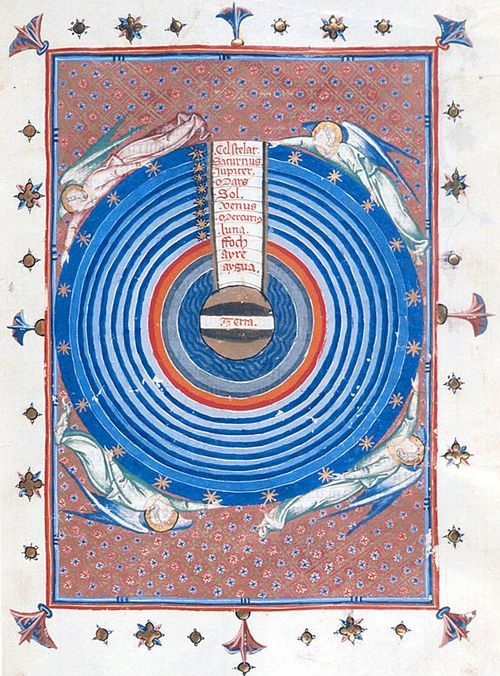
3. According to the book of Daniel and Revelation, there are thousands and thousands of angels. Theologians say that “thousands” does not do justice, and that there is an “astronomical amount”.
4. There is a hierarchy of angels. Although, there is a discrepancy in the numbers in the Hebrew texts; at times there are 7 levels and at other times 10. Many Christian theologians would try to devise an official hierarchy, but the most influential one came from Dionysius the Pseudo-Areopagite; his hierarchy consists of 9 levels, which are grouped into 3 spheres.
-
-
- The top sphere of 3 levels includes the Cherubim, which are mysterious 4 faced-winged creatures that would eventually be replaced with winged babies.
- The middle tier includes the Virtues and Powers. According to this classification, they handle miracles and overthrow evil, respectively.
- The bottom tier includes the angels and archangels.
-
5. The book of Tobit talks about the 7 archangels, each of them having a specific role. For example, Raphael is the guardian angel sent out to protect people in their struggles. Archangel Michael is the military chief of angels, as well as the protector of the Israelites. Gabriel is a messenger angel, and he’s the one who gave Marie the news of her baby Jesus.
6. Angels are associated with light and fire.
-
-
- In the book of Daniel, the angel is described as such: “his face like lightning, his eyes like flaming torches”
- “The lord makes the wind his messengers, fire and flame his ministers” (psalm 104:4)
- An Angel speaks to Moses from the burning bush (Exodus 3:2).
- Augustine of Hippo argues that when God said “let there be light”, this was actually referring to angels.
-
7. Angels are subject to falls; we’re familiar with the Abrahamic fallen angels. Lucifer (aka Satan or Iblis) was once a beautiful angel but fell because of his pride. Theologians believe that the fallen angels illustrate the corruptibility of the soul from pure to impure. Because of his pride or ego – a major source of sin – Lucifer got cast out of heaven. Christian theologians add that fallen angel are also capable of rising up.
8. The bible also talks about an end battle between the good and bad angels. To scholars such as Carl Jung, this is understood as the battle within the individual’s soul – between his good conscience and bad conscience. This internal struggle is often imagined today as a caricature angel and demon sitting on each of our shoulders, convincing us to follow their lead as we make a decision. This idea may have taken root in the Quran, which states that each man has angels on their shoulders tallying up their deeds (50:17).
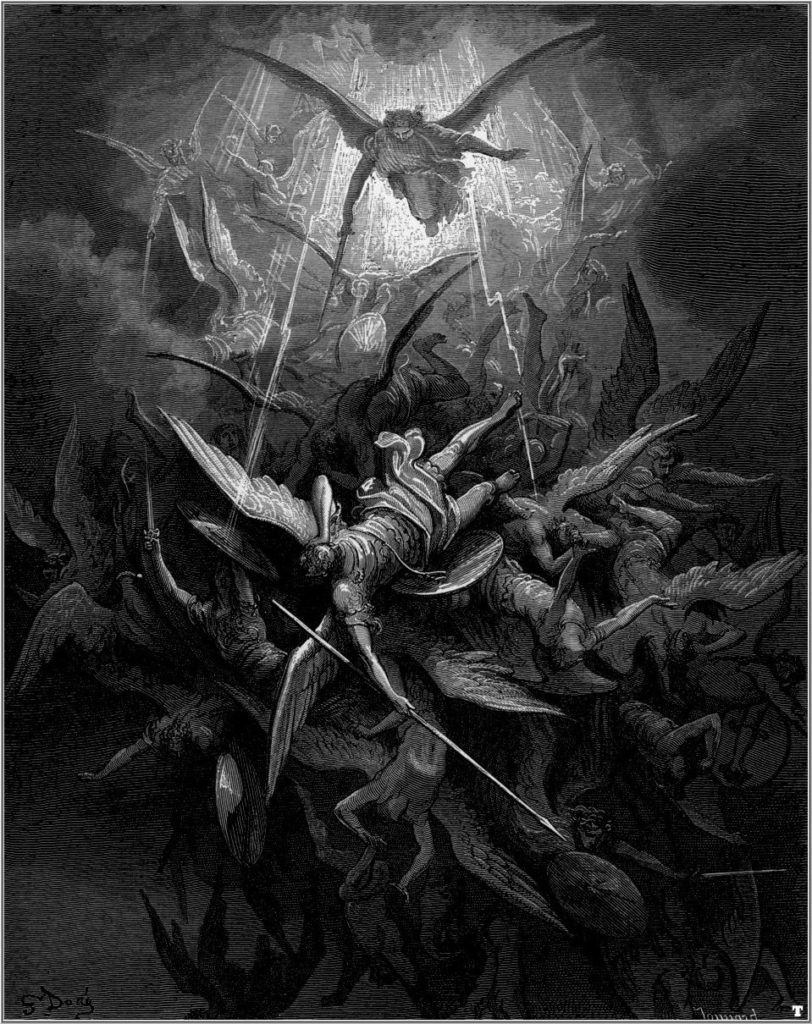
So, we just saw a variety of angels from biblical art, whose depiction has remained more or less the same; a human figure with a classical robe, wings and a halo. However, this way of portraying the angel only began in the 4th century. Before that, the angel was represented as just a plain human being. The addition of the halo and wings most likely came from pagan influence. We’ll soon see how, but first, let’s go back in time and discover:
The 3 religions that may have contributed to the shaping of the concept of today’s angel
Zoroastrianism
Around the same area where the Hebrew bible was written, there was an Indo-Persian religion called Zoroastrianism which existed as far back as the 2nd millennium BC.
The Zoroastrian faith also talks about deities that are similar to biblical angels; they’re called Amesha Spentas, and they too act as the manifestations of the one creator named Ahura Mazda. They are his first emanations, and it’s through them that all subsequent creation is accomplished. And check this: there are 7 of them! The same number as archangels. And they’re referred to as Divine Sparks… this reminds us of ‘fire and light’!
But wait, Zoroastrianism also talks about guardian spirits, called Fravashi, that are sent out by hundreds of thousands into the material world to take part in the battle of good and evil. These guardian spirits however are more understood to be the individual’s personal spirit or soul.
Hinduism
Hinduism is an even older religion and may have influenced Zoroastrianism. It’s considered to be polytheistic because it has many gods called devas; like Shiva, Bhrama, Ganesha, etc.
Devas are also associated with light. They are known as the ‘Shining Ones‘. They are also categorized in a hierarchy and they too represent the forces of nature and of human affairs.
Devas have their opposite equivalents called asuras. Hindus believe that these two forces – devas and asuras, reside in the human soul and struggle in an eternal fight. Now, this is all too familiar! And like the biblical angels, devas can also fall (turning into asuras) or rise. The only difference is that in the Hindu belief, we all start as asuras – as impure – and over the course of our lifetime, we can either transform into devas or remain asuras.
Ancient Greek Religion
Ancient Greek polytheism is very similar to Hinduism. That’s probably because they may have the same Indo-European roots. Greek gods are also hierarchized, and they embody the wide spectrum of natural phenomena, universal concepts and human nature.
For example, the winds were personified by the Anemoi. The concept of time was embodied by the god Chronos (that’s where we get the word ‘chronometer’ from). Death, by the god Thanatos. And the emotions of vengeance, by the Erinyes.
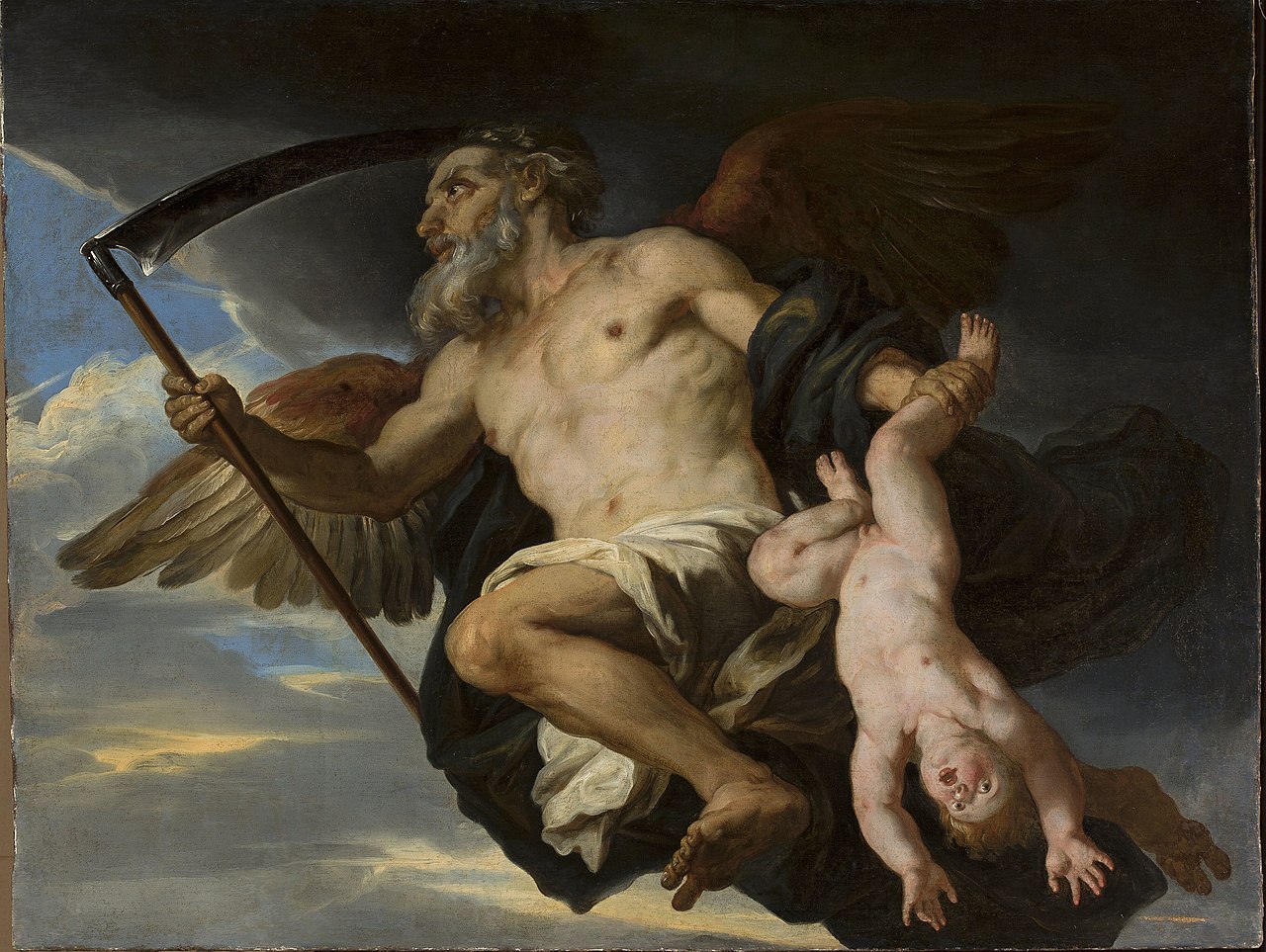
Uhm… do you notice anything?
Their wings! Do you see what I’m getting at? Angels, wing origins… Hmm? Hmmm?
Not all Greek deities are portrayed with wings. For those who are, their wings accentuate the notion of movement.
But there is no hard rule; movement can also be portrayed differently. For example, the travelling sun is represented by the god Helios being carried across the sky by horses and a chariot. (Sometimes, the horses have wings).
To further accentuate the solar features of Helios, a crown of sun rays typically illuminates his head. This crown is the prototype of the angels’ halo. The sun is associated with divinity. That’s why artists add a halo to figures such as Jesus, Mary, angels or saints.
It’s true that halos and sun crowns are also found in other mythologies – not only in ancient Greek legends. For example, Mesopotamian gods have wings, and the Buddha can also be seen with a halo.
However, Christianity grew in the middle of the Roman empire, when sculptures and paintings of Greco-Roman deities were common. It’s therefore very likely that Christian angels – travelling, bright, divine beings who manifest worldly and human phenomenons – are portrayed in the likes of Greco-roman gods.
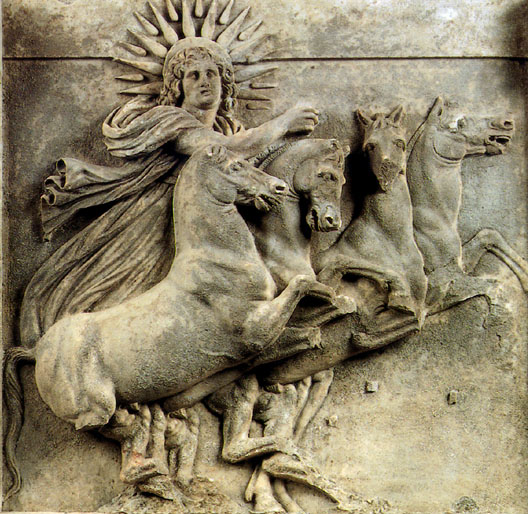
The ancients did not have modern-day science to explain their observation of the world. Instead, they understood that everything, from the movements of the planets to the gusts of the winds, is carried out by unknown and invisible forces, or “gods”, with powers much greater than their own. They understood that they were at the mercy of these forces, influenced and affected by them.
Our modern understanding of the forces of nature is described by the flux and flow of energy. What today’s physicists view as energy, the ancients imagined as gods.
To the ancients, human emotions were also included in the forces outside of their control. It is the emotion of anger that causes a person to act a certain way. So, emotions were also deified. In fact, any concept that wasn’t palpable or that couldn’t be explained was deified. Like ‘darkness’, ‘justice’ or ‘time’. Virtually, everything other than human flesh was imagined as a god.
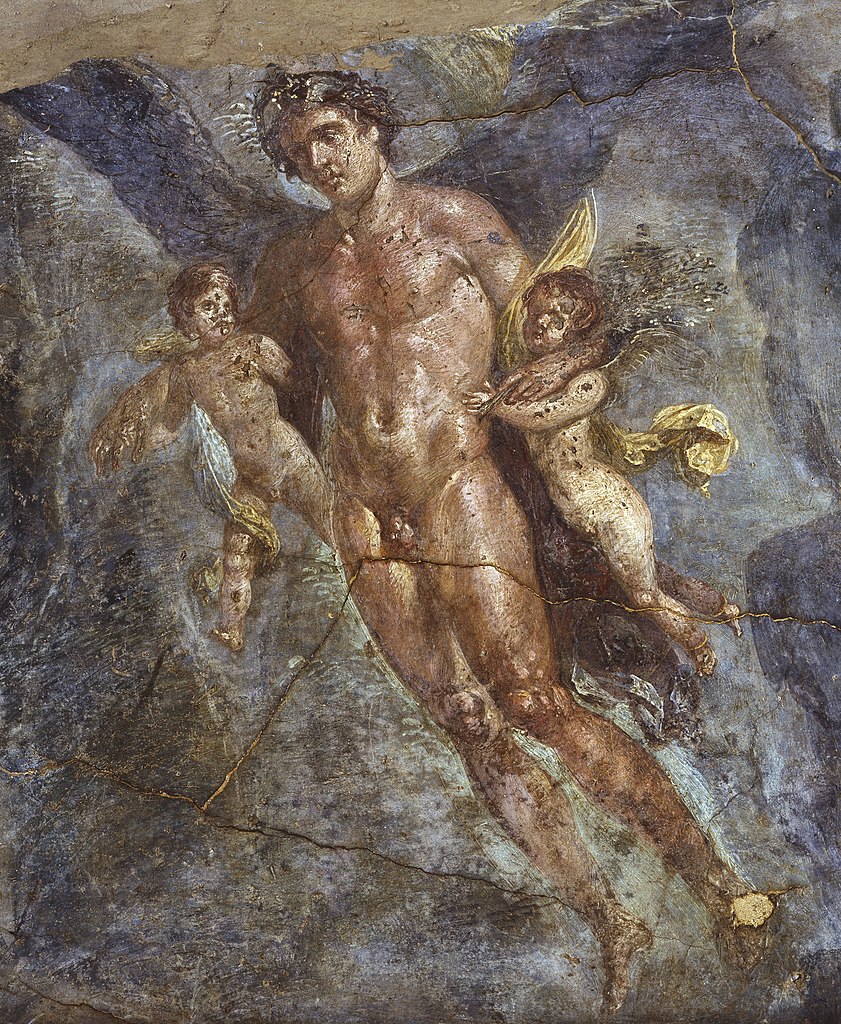
As religions evolved from polytheism to monotheism, the myriad of gods was forced to disappear (except for in the case of Hinduism), but the unexplainable acting force, or the energy that the gods represented, still needed to be explained. And it looks like ‘angels’ have replaced these gods.
It’s interesting to think that for any concept to exist in our mind – for example, the concept of justice- there must be a firing of neurons that sends signals through the billions of connections that make up our brain, to produce a thought.
Emotions are the same; the brain responds to our environment and influences us through the release of neurotransmitters and hormones that make us feel happy, angry or sad (or fight or flight). These responses run on biological energy.
So I guess the ancients didn’t get it completely wrong when they described angels as a representation of energy, acting as the force of god’s will within the phenomena of the physical world of humans and their emotions, hovering through the space both around us and inside us.
At the beginning of the article (or video), we were familiar with the idea of angels as spirits that travel and affect the world and our lives. We understood that religions associated them with light and that the word ‘angel’ really means ‘message’.
Now, after concluding that angels can be linked to energy, I can’t help but think of this:
Like the angel, energy is best symbolized as light, heat or fire. And like a ‘message’, energy has an origin, travels from one point to another, and gets transformed. It’s interesting to me that a religious concept of ‘angels’ did a pretty good job at describing energy, something scientific.


